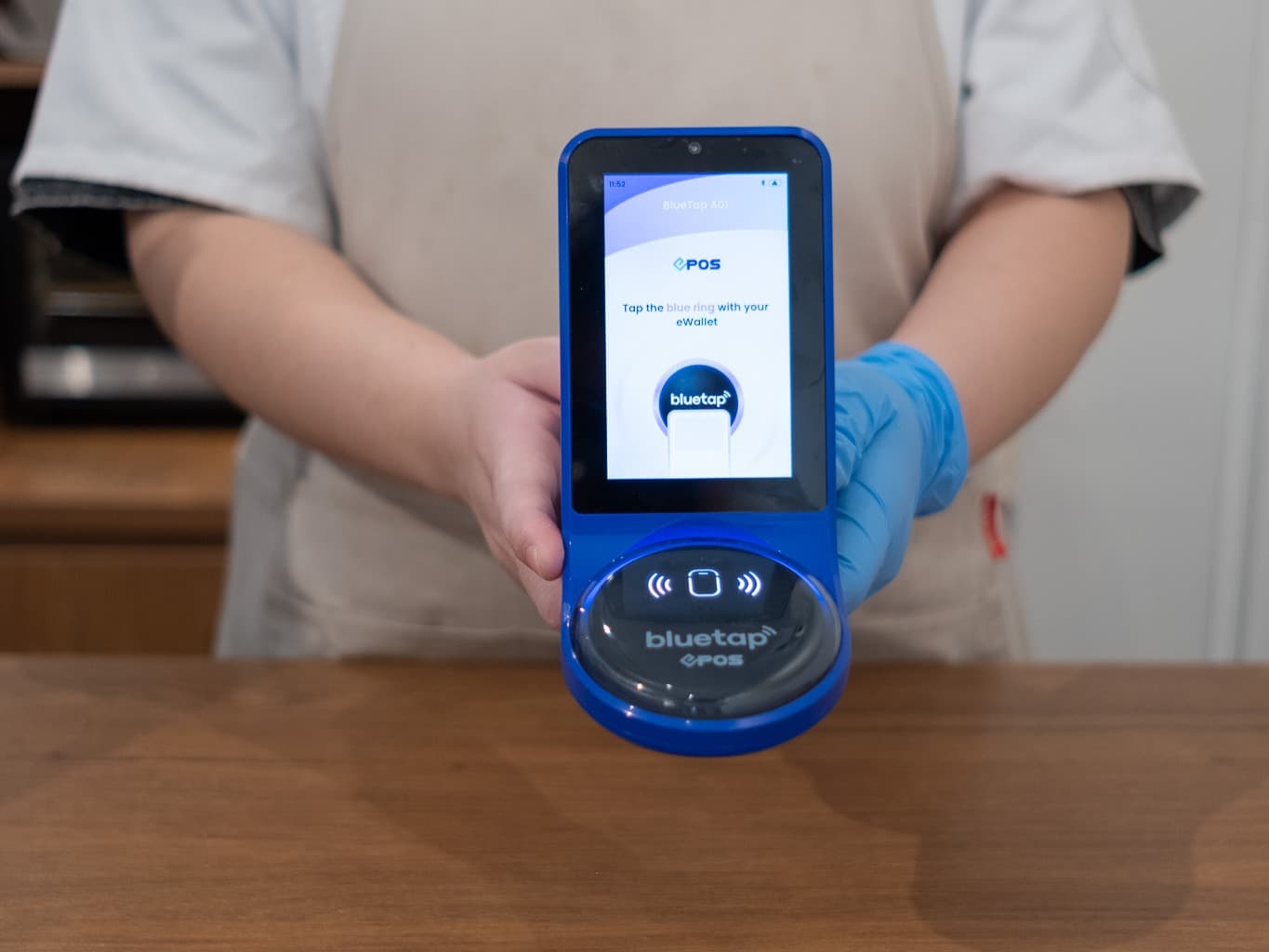
Web 3.0 – A New Vision For Service in The Metaverse?

By Sumair Dutta, Vice President of Product Marketing for ServiceMax
Despite recent crashes in cryptocurrency pricing, the underlying Web3 technologies remain an intriguing proposition. After all, Web3 promises to be more than just a vehicle for crypto, gaming and digital assets such as NFTs. For many industries, including service, Web3 offers a different view of data access, management and storage. If we are to have a future where zero downtime is the norm, we have to look at new technology and cultural models and explore whether they can unlock new opportunities.
To be fair, on the surface at least, Web3 comes across as a little bit too idealistic. The idea of a decentralised Internet, where data can be stored on blockchain technology, giving total control to the owner of the data seems like a good idea – but it’s hard not to be sceptical. Perhaps the best way to look at it is through the metaverse lens, where data collides into an online interactive and actionable virtual world of possibilities.
This is where field service can shine. If the metaverse is about better decision making through reduced risk, then it makes a lot of sense to explore the concepts. Combining the value and associated benefits that come from sharing service data, increased transparency and records of critical assets in a multi-virtual world, opens all sorts of possibilities around self-service, remote service and advanced asset predictions and solutions.
Digital twins will be the workhorse of this industrial metaverse, enabling accurate monitoring, control and maintenance planning of any asset regardless of location. Combined with blockchain, there are possibilities around increased transparency and data security measures, as well as service optimisation through secure collaboration.
While this may seem all a bit futuristic today, it’s important to remember the sudden impact of ChatGPT and the subsequent rise of alternative large language models. Every industry has since been asking itself how best to use this AI tool to maximise advantage. There is a broad acceptance now that AI tools have a huge role to play in the future of most organisations and while ChatGPT will only increase levels of asset care as organisations look to use it for triage, knowledge transfer and training, it is illustrative of the changing face of service.
Change is happening fast. New technologies are transforming service and asset knowledge and it feels like disruption is in the air. While organisations may feel they are not ready to commit to many new technologies yet, there is almost certainly a need to enter into the spirit of change and prepare the ground. This means data capture, categorisation and storage. How can organisations ensure they are at least preparing the ground with appropriate standards and data governance?
Capturing data for unplanned service events and analysing those events will give organisations an immediate picture of asset performance and limitations but also longer-term intelligence for optimising machines, parts and service teams. It is this intelligence that will be the bedrock of self-service capabilities and remote triage.
As organisations look to take advantage of the latest tools, this will become even more evident. The accuracy of digital twins, for example, and the ability to optimise service delivery and sell outcome-driven contracts will be based on an organisations level of asset data capture and management. For many, this is a culture. Embracing change is as much about ideas as deeds. Sometimes the technology is not always up-to-speed or too expensive to buy but without a unified approach to what needs to be done, organisations will lag behind.
While Web3 may seem fanciful, for the moment at least, it does inspire an open mind. The industrial metaverse with its digital twins and collaborative communications may seem like the stuff of tomorrow but in essence it is already here. For service, these are exciting times, with captured data enabling predictions and modelling that can have a real impact on costs and customer satisfaction. In short, it is never too early to start preparing for the future of service.


